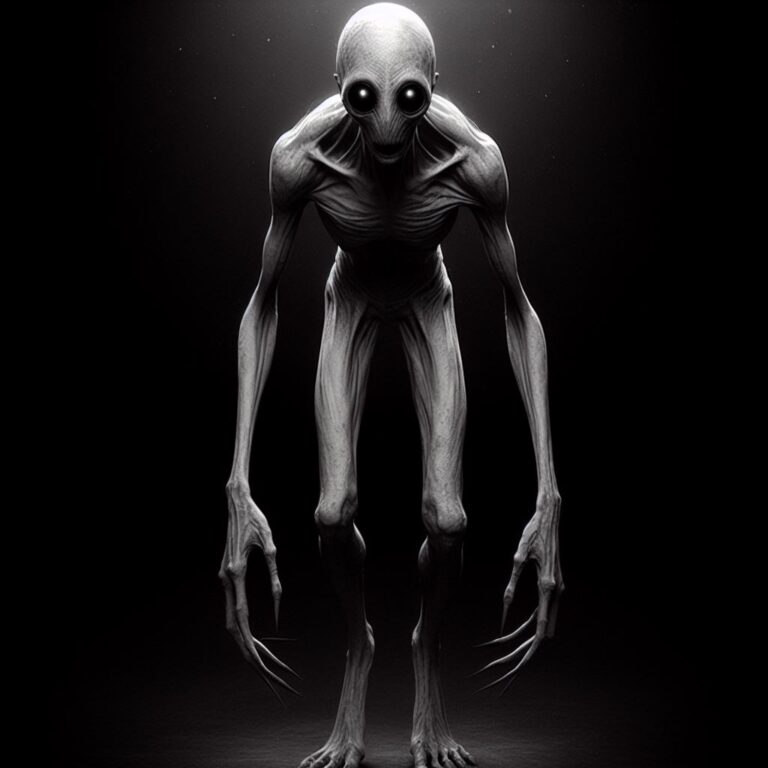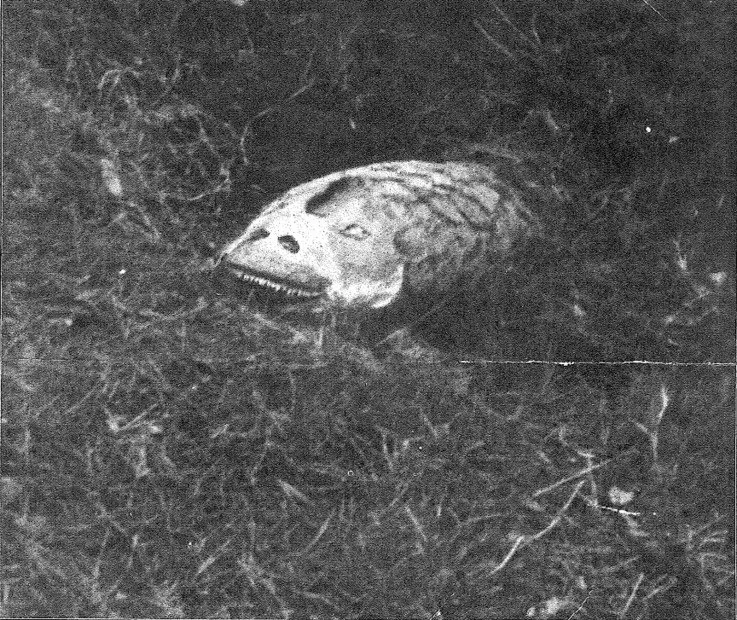Mythical creatures have fascinated and terrified people across cultures and throughout history. Tales of strange beasts and supernatural monsters have endured across generations, reflecting common fears and imagination. This article will rank the top 5 most spine-chilling and nightmarish mythological creatures from around the world, based on their horrifying appearance, deadly abilities, and chilling legends.
The ranking draws upon folklore, stories, art, and literature from different societies to paint a picture of these legendary horrors that have instilled dread in the hearts of humanity. The list focuses on mythical beasts that have viscerally frightening features and powers, and tales that expose the darkest aspects of human psychology. So steel your nerves as we unveil the top 5 most terrifying creatures conjured up by the human imagination!
ads content
Number Five: Jorogumo
Image credits:deviantart.com
The Jorogumo is a petrifying Japanese mythological creature that takes the form of a seductive woman by day, and a monstrous spider by night. With the ability to shapeshift between a gorgeous maiden and a gigantic arachnid, this horrifying hybrid perfectly embodies man’s fear of femme fatales and deadly predators.
In its human disguise, the Jorogumo appears as a young, pale-skinned woman with long black hair and wearing a kimono. She uses her beauty and charm to **lure **unsuspecting passersby, especially samurai or pregnant women, into her web. Once they are entranced, she ensnares them in her silk threads and venomously bites them, injecting a paralysing toxin while she slowly feeds.
When night falls, the Jorogumo sheds her fair facade and emerges in her true form – a colossal spider with eyes as red as blood. She inhabits dark forests, caves, or abandoned temples, spinning vast webs and laying in wait for prey.
With her eight hairy legs and monstrous fangs, she is an apex predator capable of capturing even formidable warriors and beasts in her web.
According to legend, the Jorogumo is a malevolent spirit that seeks to harm innocent lives. Its ability to disguise itself makes it even more insidious and allows it to prey upon victims when they least expect it. Truly the stuff of nightmares, the Jorogumo embodies the terror of the unknown evil lurking beneath innocent exteriors.
Number Four: Gashadokuro
Rising 90 feet tall, the Gashadokuro is a horrifying undead giant conjured from the fused bones of starving warriors and civilians. In Japanese folklore, this skeletal spectre is believed to stalk battlefields and deserted villages, driven by an insatiable hunger for human flesh and blood.
The Gashadokuro’s colossal skeleton is alarming enough, with its gaping rib cage and grinning skull. But it has a supernatural ability to render itself invisible, only detectable by the ringing of eerie bells as it approaches. Completely silent despite its size, it is capable of stealthily sneaking up on victims before biting off their heads or entire bodies in a single chomp.
After a massacre, it gathers the severed limbs and drinks the blood from them through its teeth, which act like straws. Its favorite targets are solitary travelers, though it has been known to wipe out entire villages in a vicious feeding frenzy. Some tales describe it as a manifestation of the anguish of famine victims, driven to cannibalistic rampages to sate its ceaseless hunger.
The stealth and speed of such an enormous killing machine makes the Gashadokuro a truly chilling legend. Its association with fallen soldiers also evokes the trauma and horrors of war. For the people of feudal Japan, few monsters could be more terrifying than an invisible vengeful skeleton unleashing death upon the living.
Number Three: Manananggal
Image credits:deviantart.com
Hailing from Filipino folklore is the vampiric Manananggal, which preys upon pregnant women and newborns. By day, it resembles an ordinary village woman. But by night, the Manananggal detaches its upper torso and sprouts giant bat wings to take to the skies in search of prey.
In its human form, the creature is said to be an attractive older woman who lures unsuspecting victims into a false sense of security. However, once night falls, the Manananggal breaks in half at the torso and grows leathery, bat-like wings. It then takes flight, leaving its lower half behind while it goes hunting.
The creature targets pregnant women, using its long proboscis-like tongue to suck fetuses from their wombs. It also preys on newborns and slips into houses to drain blood from sleeping people. It favors rural areas like forests, cliffs, and coconut groves. When near, its odor is said to be nauseatingly sweet.
With its ability to fly silently and invade homes, along with its taste for embryos and babies, the Manananggal is both revolting and frightening. Its preference for the most vulnerable victims also heightens its horror, cementing it as a truly demonic myth worthy of dread. Parents still use it to caution children from staying out too late at night.
Number Two: Chimera
Image credits:deviantart.com
The Chimera is a hybrid horror from Ancient Greek mythology, possessing the head of a lion, the body of a goat, and a venomous serpent for a tail.
This grotesque combination made it a virtual killing machine, with the savagery of a lion, the surefootedness of a goat, and the lethal venom of a viper.
It is said to have terrorized the countryside of Lycia in Anatolia, slaughtering people and beasts alike.
The Chimera could breathe fire from its lion head and maul victims with its powerful lion claws. Its goat body gave it agility and speed over rough terrain, while the snake tail could lash and deliver fatal doses of venom.
Few creatures could match its ferocity and deadliness in combat. Even heavily armed warriors fled from it in terror.
In myths, the Chimera is described as an ominous portent representing storms, volcanoes, or other natural disasters.
It was considered a fearful plague upon the land by the Greeks. The monster was finally slain by the Corinthian hero Bellerophon, mounted on the winged horse Pegasus, an iconic myth of victory over evil.
With its nightmarish hybrid anatomy, lethal firebreathing and venom, and association with primal terrors like storms and volcanoes, the Chimera emerges as a legendary horror that evokes timeless human fears of the unknown and monstrous.
Number One: Baba Yaga
Claiming the top spot as the most terrifying mythical creature is Baba Yaga, the infamous cannibalistic witch from Eastern European folklore. With her skull-like face and mouth of iron teeth, Baba Yaga inspires visceral horror as she kidnaps and devours children from her chicken-legged hut deep in the forest.
Baba Yaga is often envisioned as a repulsive old crone with long nose and nails, who travels in a mortar and wields a pestle as a weapon. Her chicken-legged hut is surrounded by a fence made of human bones and skulls that she decorates with the flesh of her victims.
The witch flies through the air in search of lost children or adults to throw in her cauldron. She is said to have a taste for human meat, bone marrow, and blood, which keeps her young. Her spells can control the forces of nature, and she is quick to put curses on those who cross her.
With her ghastly taste for human flesh, ability to fly and cast evil spells, and the spine-chilling decor of her lair, Baba Yaga exemplifies a primordial mythic terror – the child-eating witch. Her visage and stories are certain to unsettle any reader, young or old.
RELATED: read more about scary witch in this full article.
FAQs About Scary Mythical Creatures
What are some other spine-chilling mythical creatures from around the world?
Chupacabra – The blood-sucking ‘goat sucker’ with spikes down its back that drains livestock dry in Latin America.
Aswang – A Filipino shapeshifting monster that preys on pregnant women and eats unborn babies.
Sigbin – A vampiric, dog-like chimera from the Philippines that has a hunger for human hearts and livers.
Nuckelavee – A horrific spirit from Orkney folklore that appears as a skinned horse and male torso hybrid that breathes plague and decay.
How have people tried to defend themselves from these mythological horrors over history?
Wearing charms, amulets, or symbols meant to ward off evil like crosses, garlic, or silver.
Performing cleansing rituals, prayers, or sacrifices to appease angry spirits.
Avoiding areas believed to be haunted by mythical creatures, especially at night.
Traveling in groups and staying vigilant for signs of monsters like strange scents or sounds.
Posting guards, sentries, or watchdogs to keep lookout and raise alarms about approaching creatures.
Why does humanity seem to have an endless fascination with invented monsters and creatures that repulse us?
They represent the frightening, unknown aspects of existence that our minds seek to give shape and meaning to through stories.
Mythical monsters embody our primal emotions like fear, horror and revulsion in vivid physical form.
Terrifying creatures act as warnings and lessons in legends, symbolizing the consequences of human flaws, sins or ignorance.
Their fantastical, bizarre nature fires our imaginations and desire for thrills and suspense.
Defeating mythical monsters represents overcoming adversities or our own inner demons.
How did myths about such creatures first arise and evolve over time?
They arose from misinterpretations of real animal species and discoveries of unfamiliar fossils.
Natural phenomena like storms, eclipses or volcanic eruptions inspired myths of ominous monsters.
Folklore and oral traditions passed down exaggerated tales of dangerous beasts from generation to generation.
Fragmentary discoveries of extinct species like dinosaurs or mammoths fueled imagined reconstructions.
Creative imaginations elaborated upon vague references in previous myths and literature.
Belief in magic and spirits generated ideas about supernatural hybrids and transformations.
Mythical monsters evolved to embody specific societal or personal fears and concerns over time.
Conclusion
This ranking of the top 5 most horrifying creatures of mythology and folklore illustrates humanity’s fascination with the monstrous and disturbing imagination. Though only legends, these beasts and spirits continue to inspire primal terror and revulsion across generations. They warn us of the perils of succumbing to our own inner demons, like greed, wrath, or malice towards the innocent. As much as they repulse us, mythical monsters also illuminate timeless human truths, making them eternally compelling – and chilling.
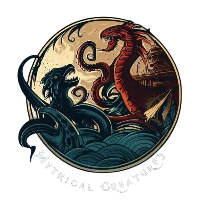
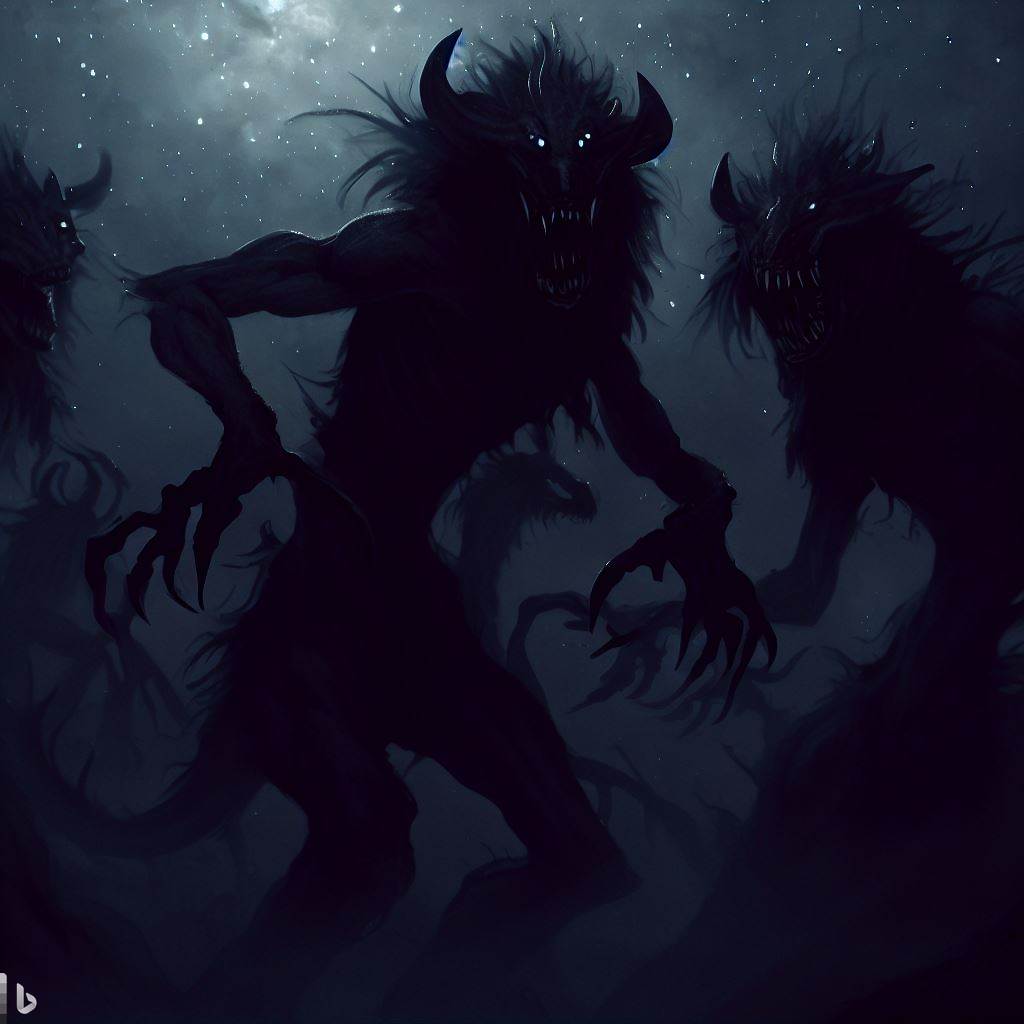



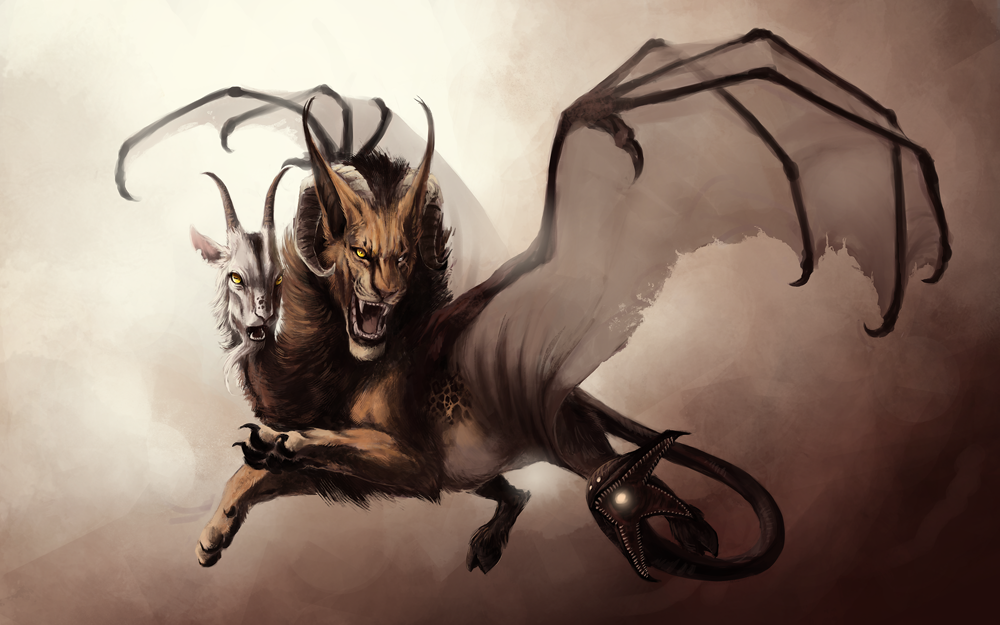
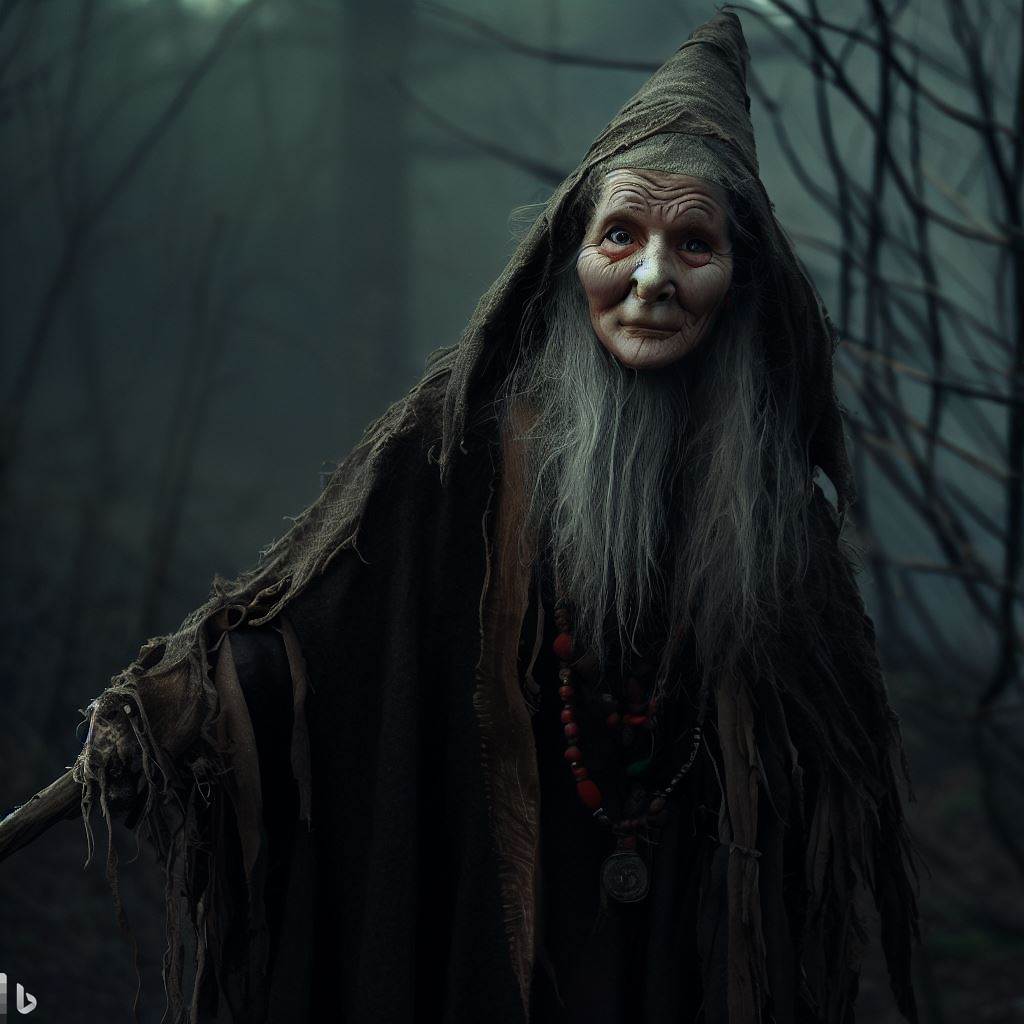

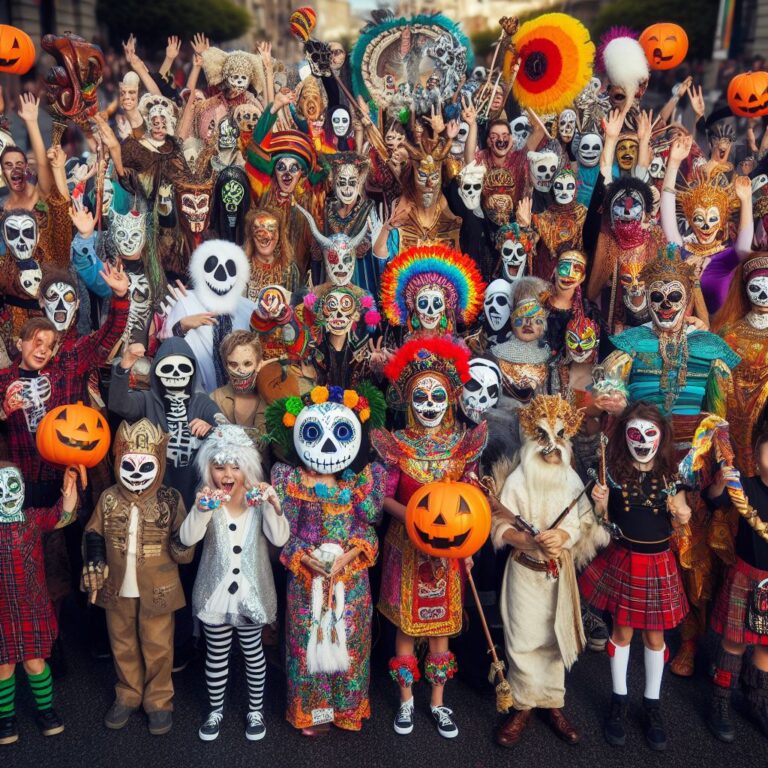
![The Differences Between Skinwalkers and Wendigos[Pics&Facts] 10 mythical creatures art The Differences Between Skinwalkers and Wendigos[Pics&Facts]](https://mythicalcreatures.blog/wp-content/uploads/2023/09/wendigo-vs-skinwalker-what-is-the-difference-768x382.jpg)
